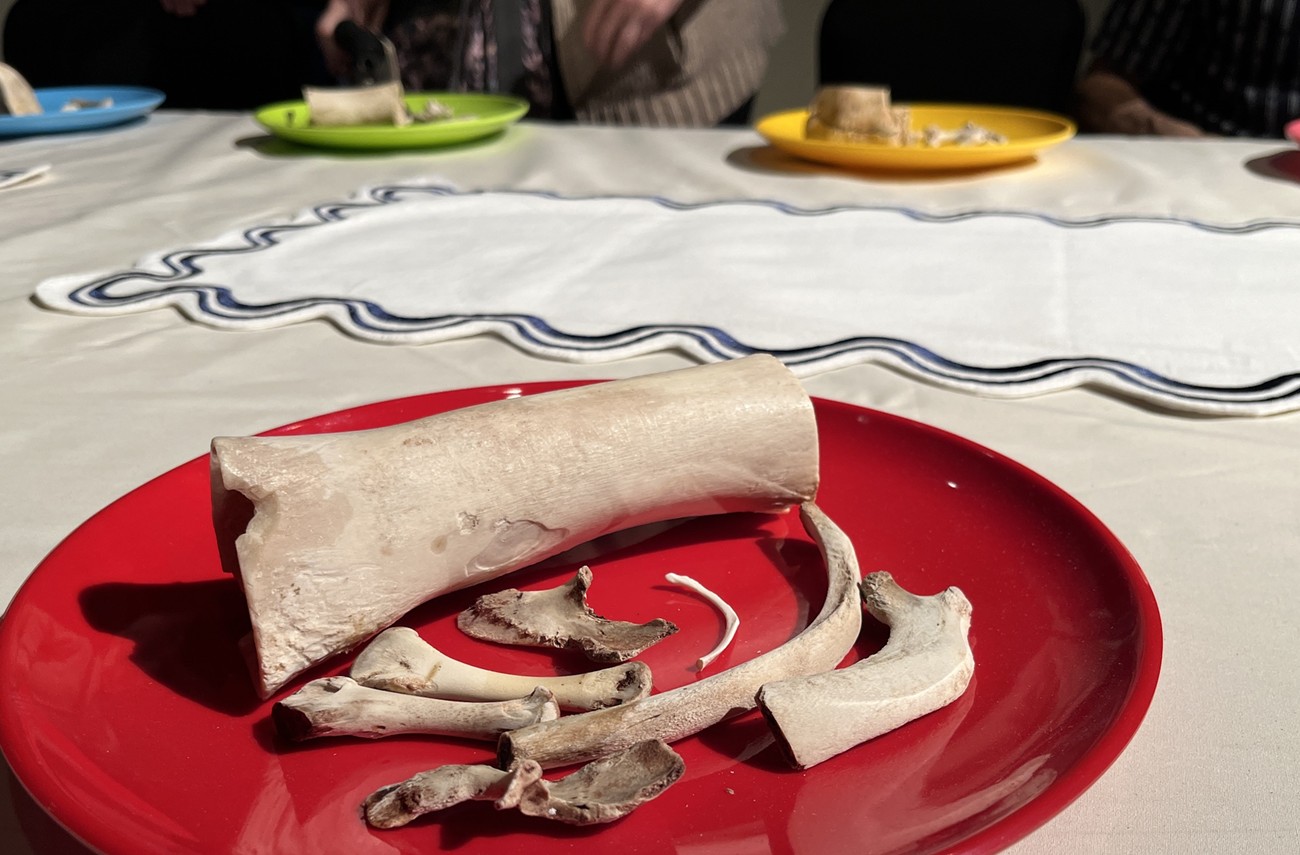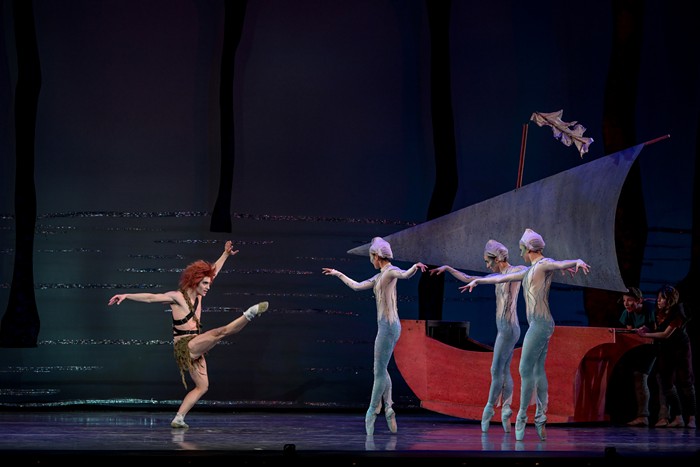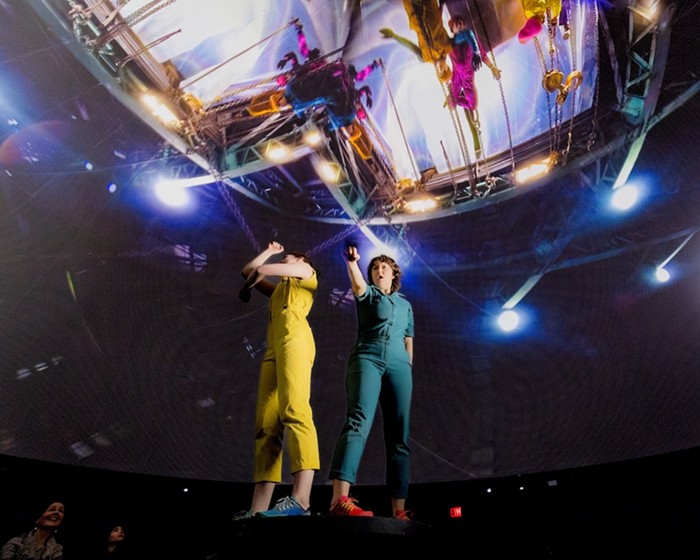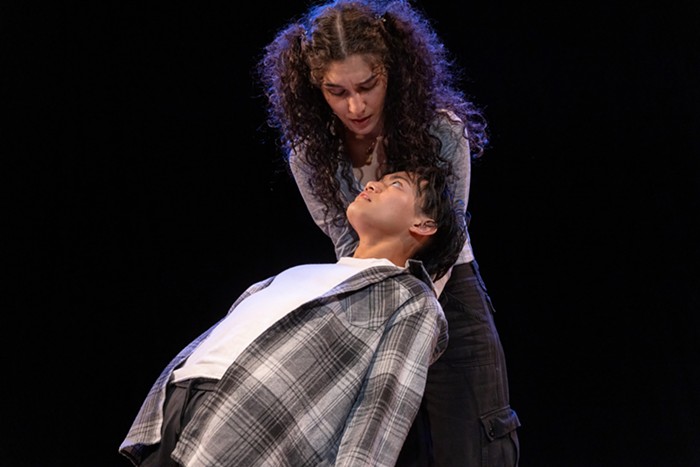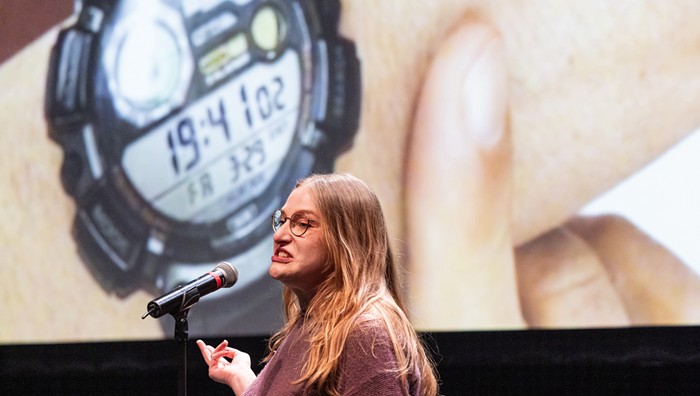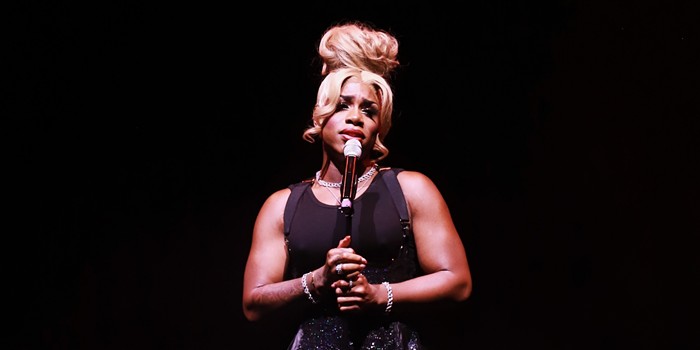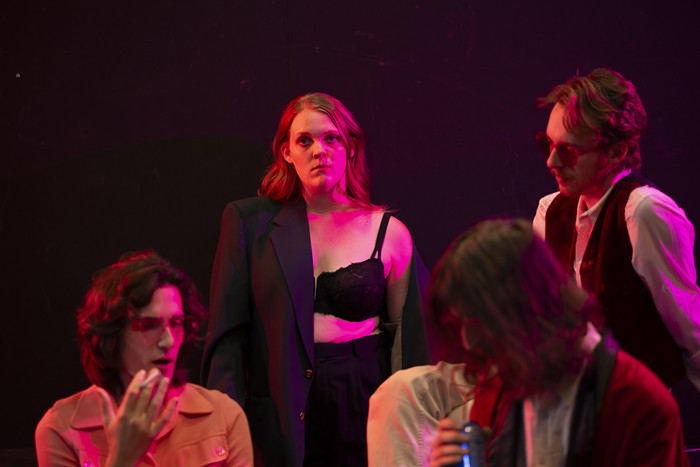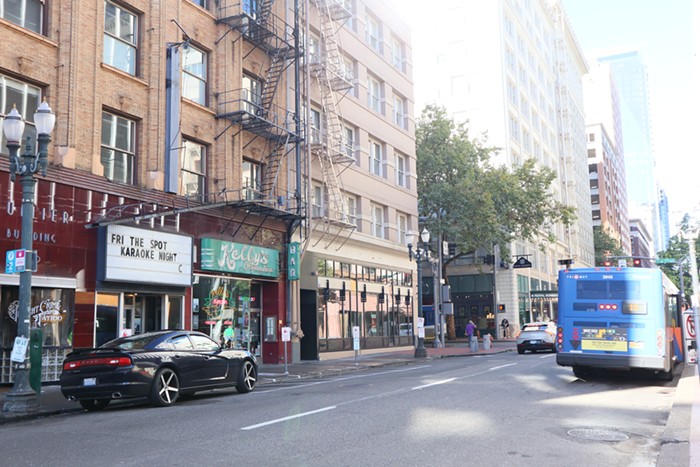On a list of heinous crimes, cannibalism and filicide sit right at the top. But in a fairy tale, it's business as usual.
The Brothers Grimm collected and published over 200 folktales in the early 19th century—some winnowed from hundreds of oral retellings—wherein Cinderella's wicked stepsisters cut off portions of their feet and Snow White's own mother demanded her liver and lungs for a meal. Readers might feel drawn to one story more than another, but the archetypes and journeys therein are ripe for reimagining. That's what we've always done with them. From oral tradition to Grimm documentation to sanitization for sensitive audiences, we take pieces of fairy tales out and put them back in. To borrow from critic April Wolfe, "it's not what happens, but how it happens that matters."
There is perhaps no other theater in Portland more interested in how something happens than Shaking the Tree, and the company's spring production, The Brother and the Bird, adapts a short story by Alissa Nutting, which was based on the Brothers Grimm's "The Juniper Tree," into a tight 60-minute play filled with tension, suspense, and stray rays of humor.
"Originally, I had decided that we would adapt the original Grimm tale through devising together," director Samantha Van Der Merwe told the Mercury. "But then I found Alissa Nutting's short story. It was so visual, and I loved the idea of the '50s housewife and the absent father."
"The Juniper Tree" is a lesser known Grimm, but it still follows traditional folklore logic: If a precious child, a magic tree, and a stepmother skating the edge of a nervous breakdown all occupy the same house trouble cannibalism and filicide will follow.
View this post on Instagram
The staging of The Brother and the Bird sits the audience along a lengthy dining table, set with colorful dinner plates laden with bones. "I've got some ribs," the person next to me mused with interest. They guessed the large bone at the center of mine was a femur. This places the audience directly in the path of all the withering exchanges that fly between Mother (Briana Ratterman Trevithick) and her daughter Marlene (Sammy Rat Rios), both of whom electrify the two-role production.
Rios is devastating in their role. As the play's narrator, they hold the audience with a gravity-like thrall. As a mourner, their wails pushed beyond theatrics into the harrowing sound of true loss. In compliment, Ratterman plays a gorgeous villain. She shines from the head of the table as brilliantly as the teeth of her terrifying, wide smile. She will try to meet your gaze, but doing so is only for true thrill seekers.
If it's difficult for you to crane your neck around, we recommend sitting closer to the table's ends, especially the north end. (Danger! This also places you closer to Mother!) Still, some head turning is likely unavoidable, as The Brother and the Bird unfolds not only at the table (and on top of the table), but upon the walls of the dining hall, which give way seeming opacity to become translucent screens for shadows.
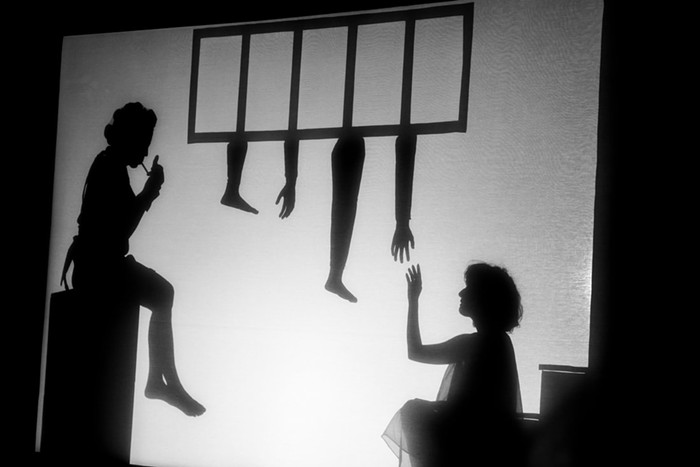
I disliked shadow play before I saw Shaking the Tree do it, and I think it's because I've never seen it done well before. At first, I thought the shadows might be pre recorded, such was the casual grace Rios employed as they made a simple bird take flight with their hands.
"In rehearsals, we took some time at the beginning to work behind a large piece of cloth so that the actors could understand how the shadows worked," Van Der Merwe later explained. "Many things are back to front. If you stand further back you [appear] larger, and when you face the cloth, dead on, it looks like your back is turned to us… so this became a lot of fun to experiment with."
The shadow medium felt like a perfect fit for scenes in The Brother and the Bird that were more about emotion than realism. It allowed Mother to appear towering over Marlene, who is 12 years old in Nutting's story. Rios' steady descriptions painted berries on the tree and flesh on the floor, where it was relevant to the plot.
There's a lot to like about The Brother and the Bird. Primarily we credit the performances, but the deft lighting work of Abby Jaquin is obviously a major player too. Van Der Merwe's imagination as director built the bones of a fairytale into a visual feast, but her focus on Nutting's revision of the blame also leaves sympathy for the Mother on the table this time too.
The Brother and the Bird plays at Shaking the Tree Theatre, 823 SE Grant, through May 18, tickets and info, content warning for cannibalism and violent murder.
